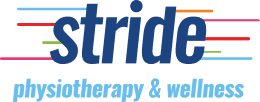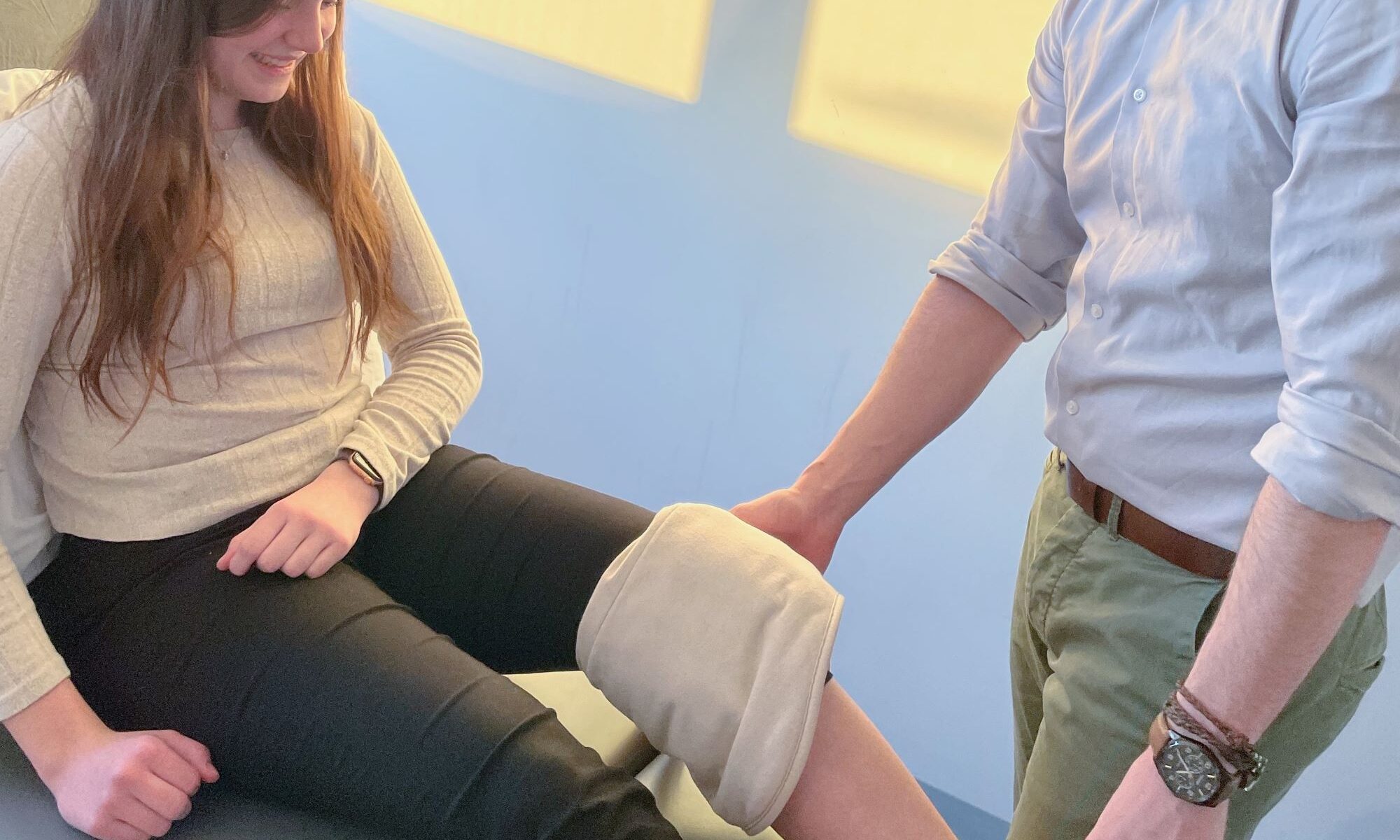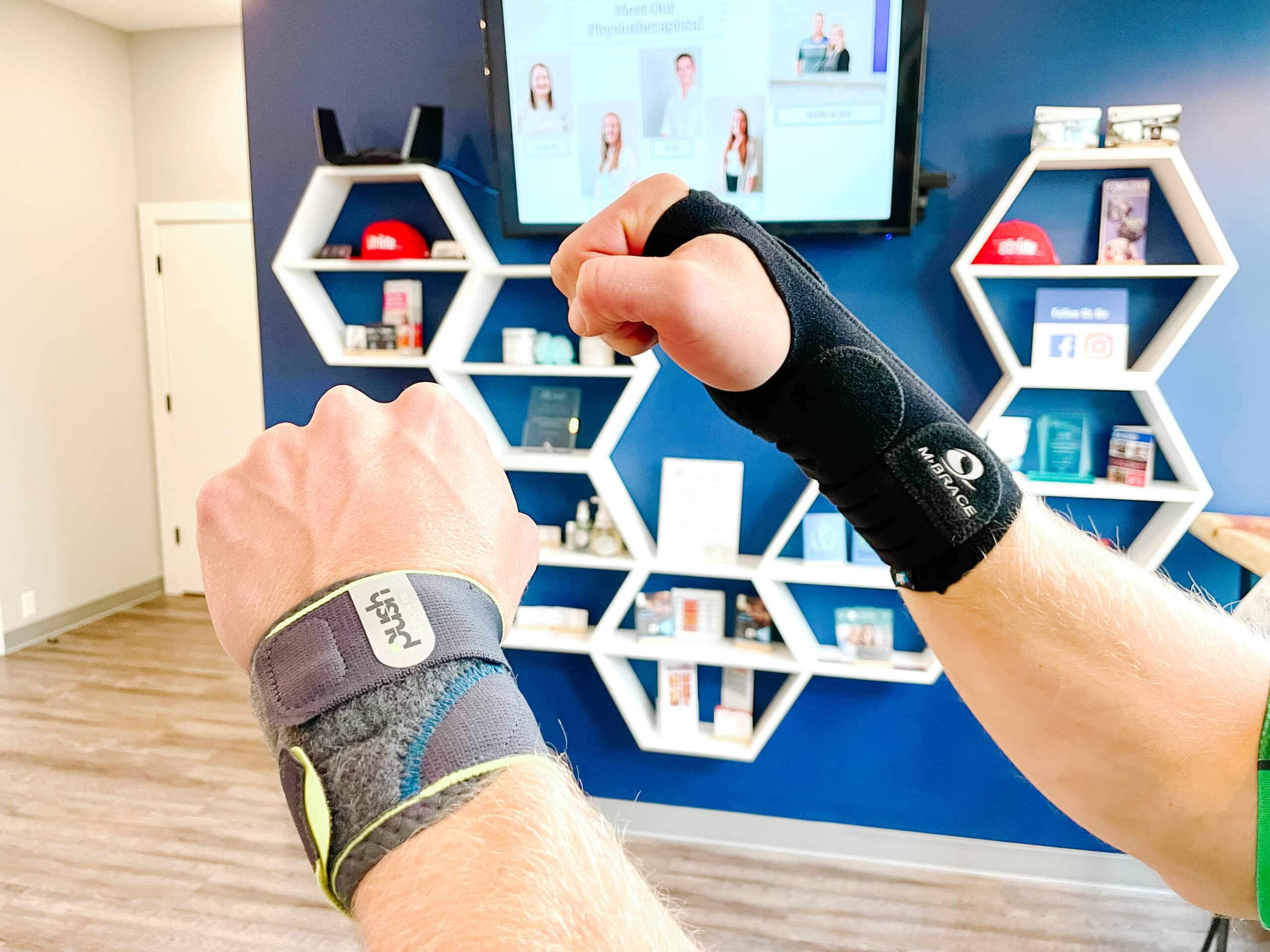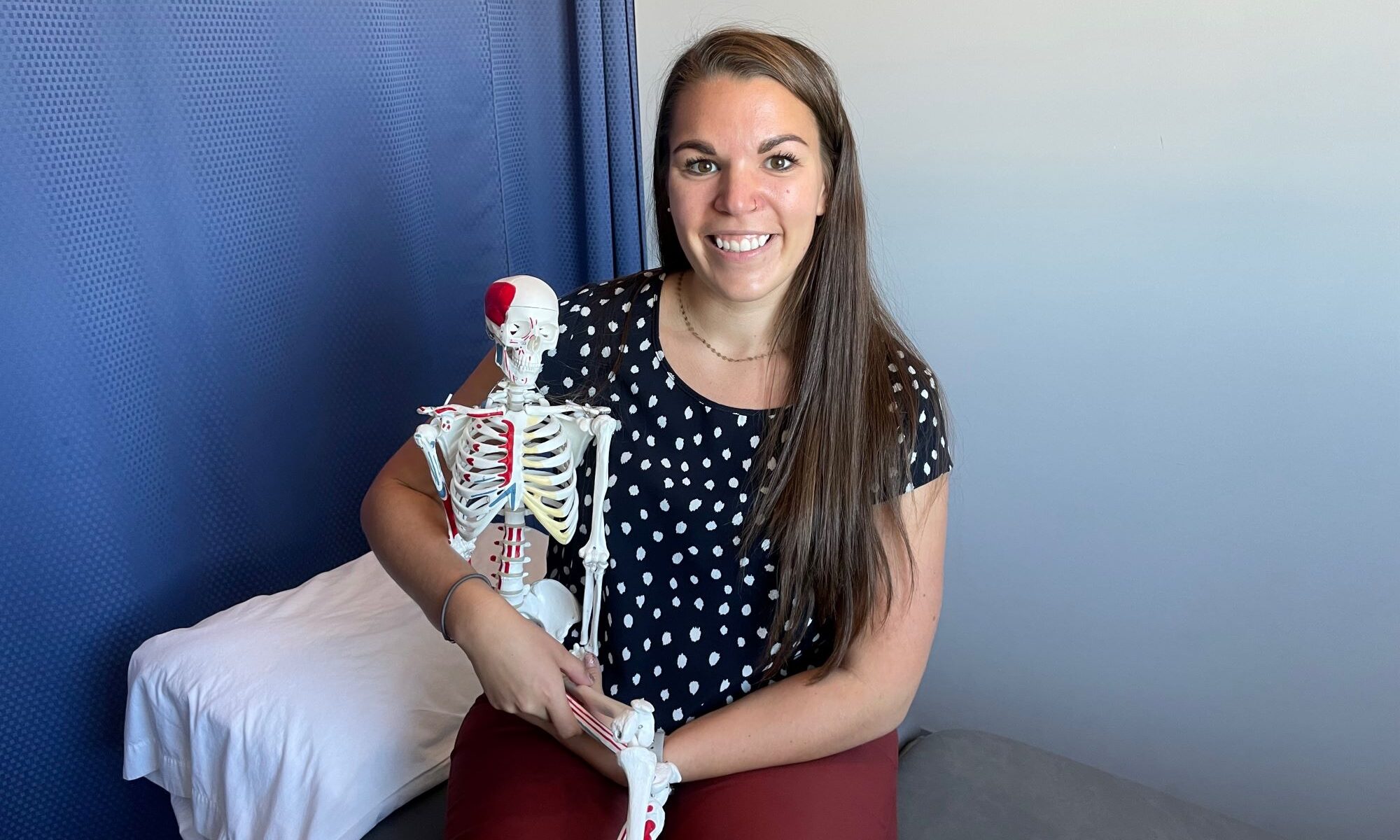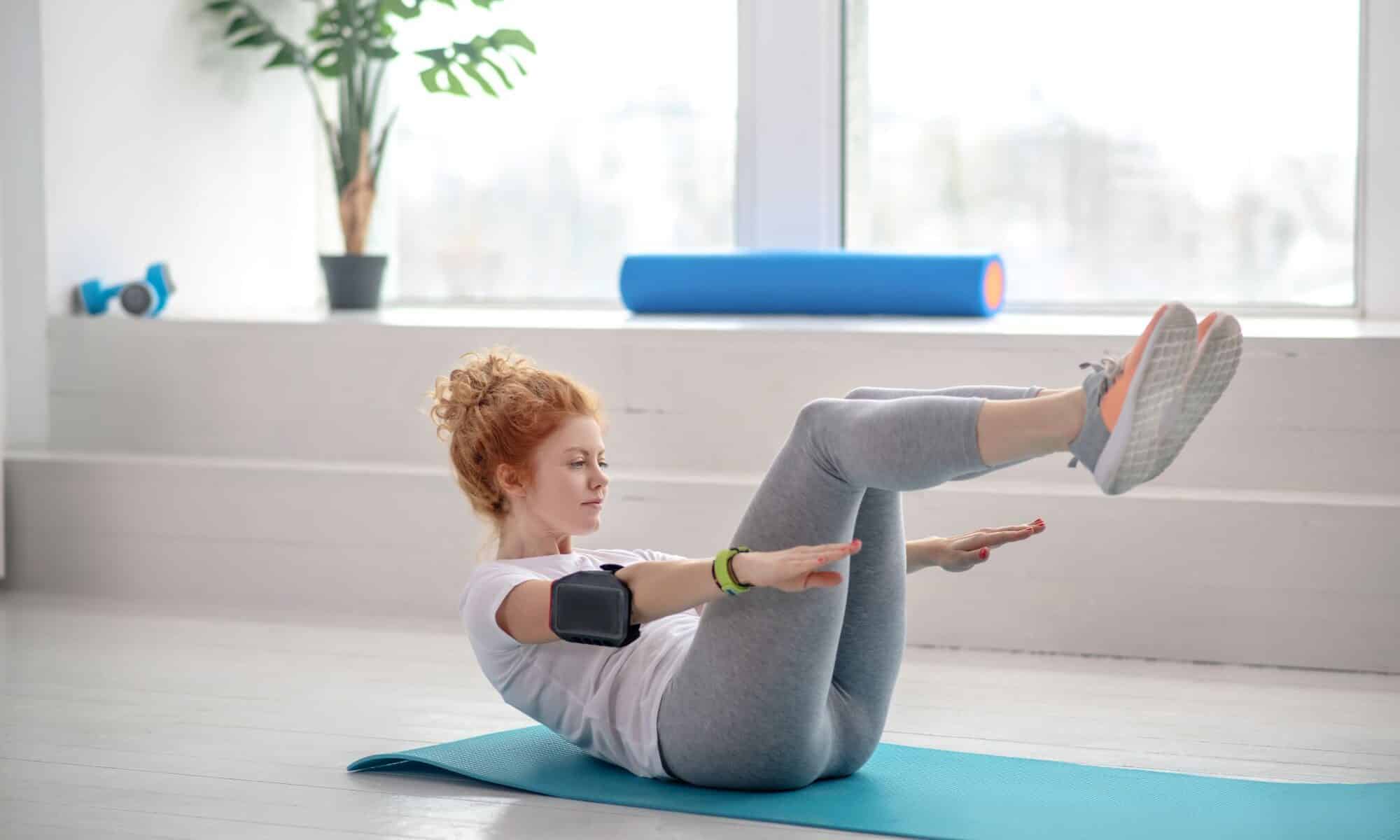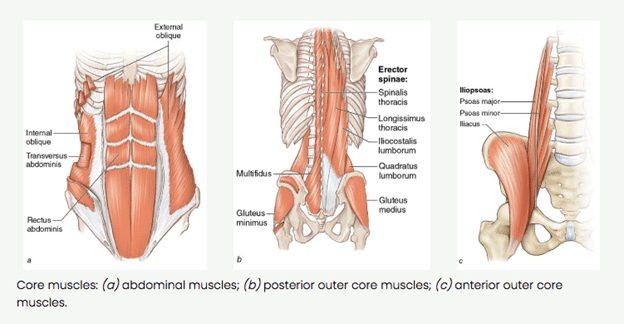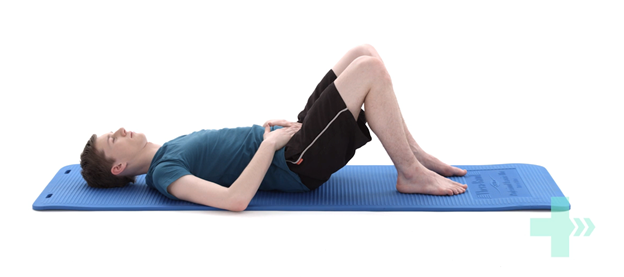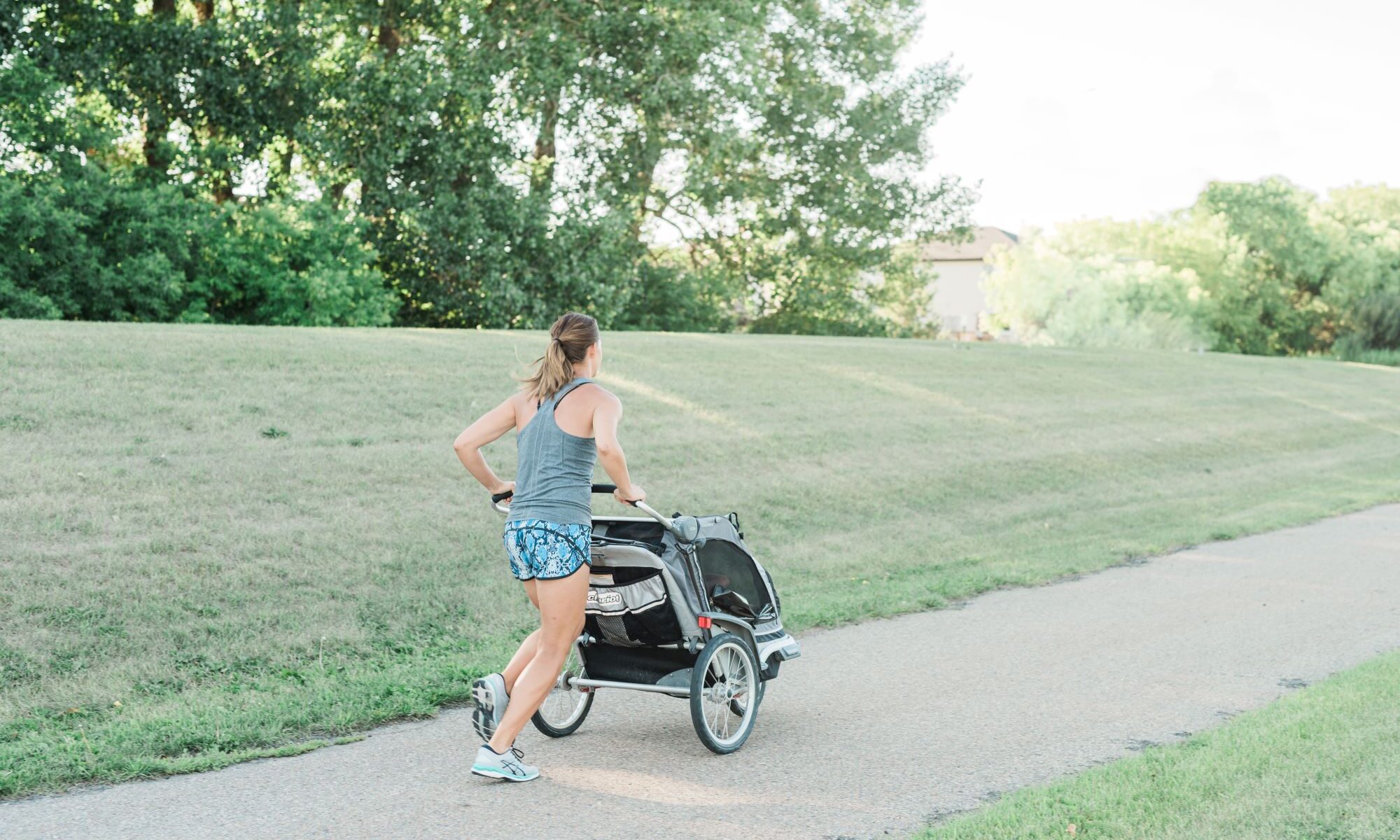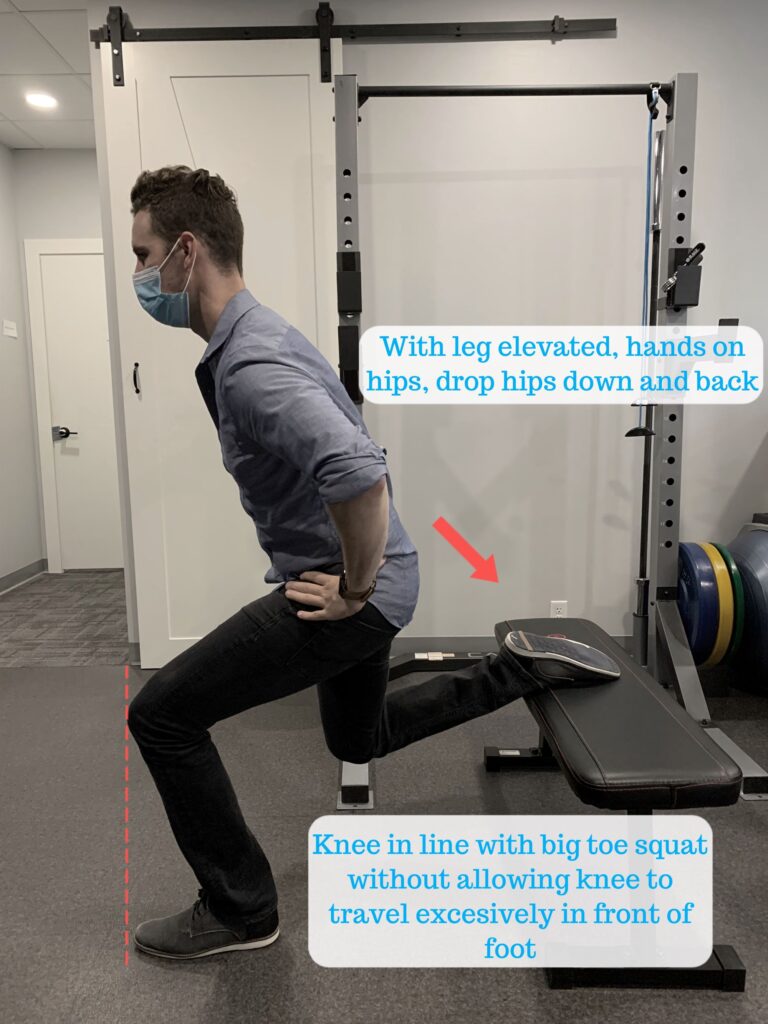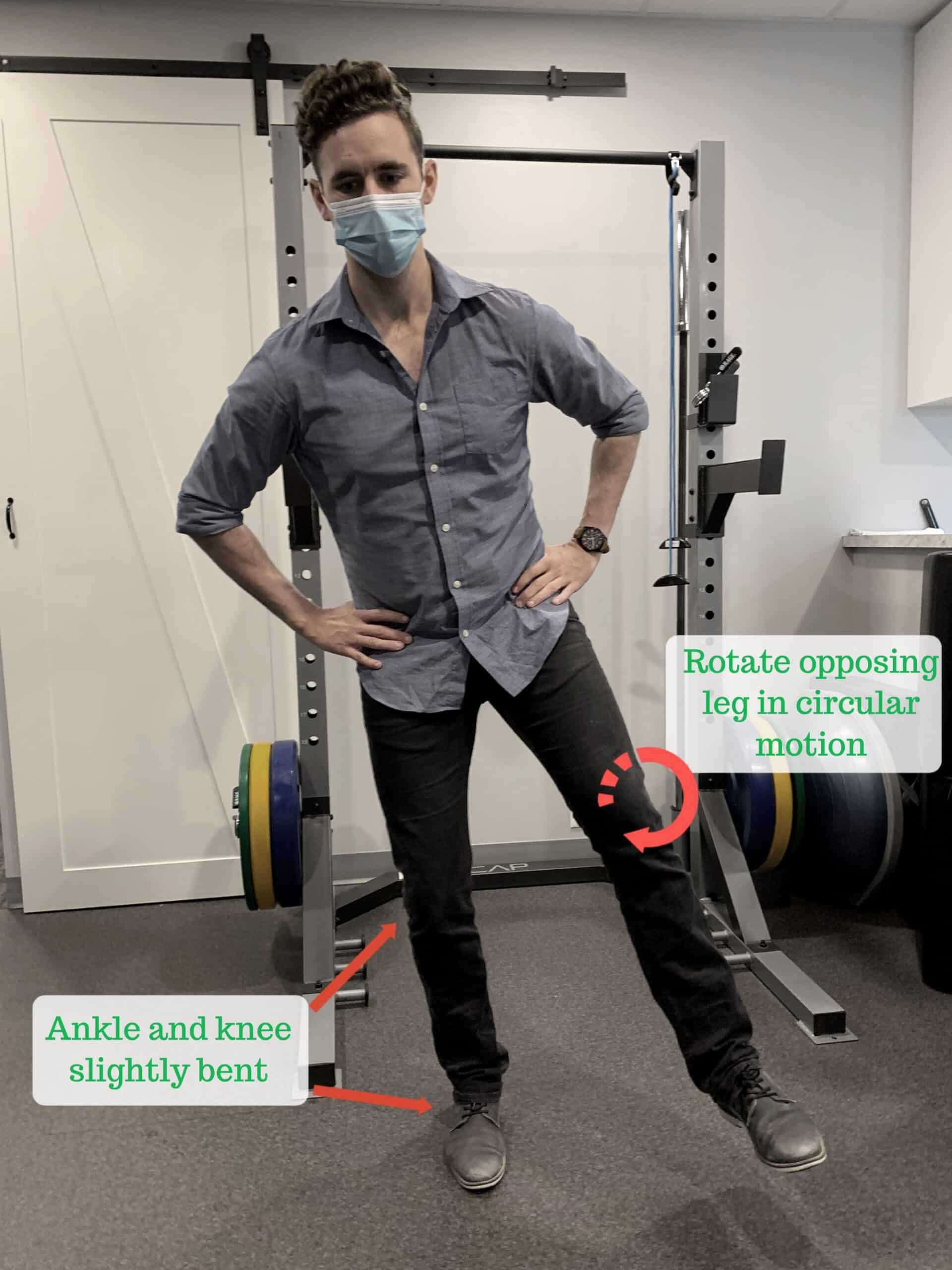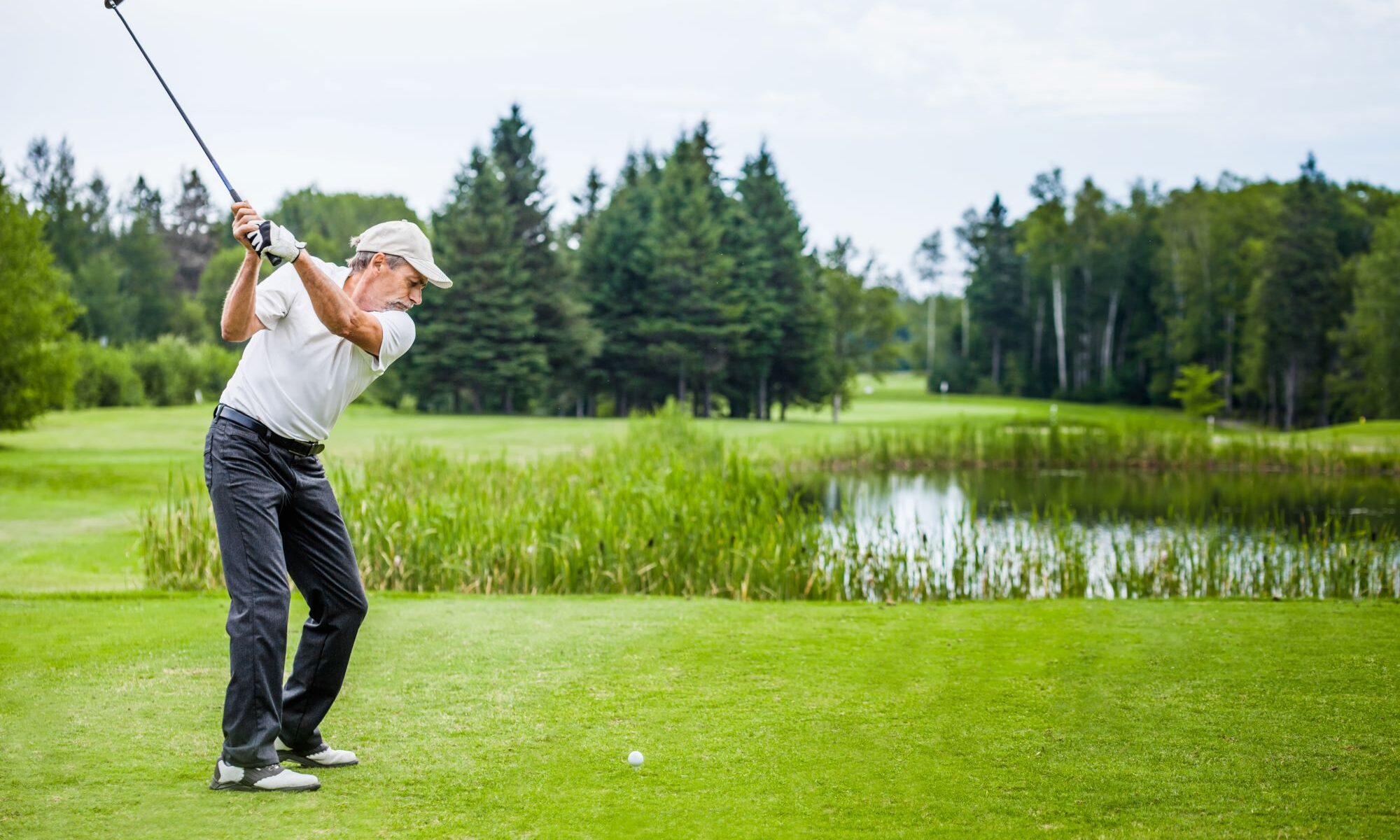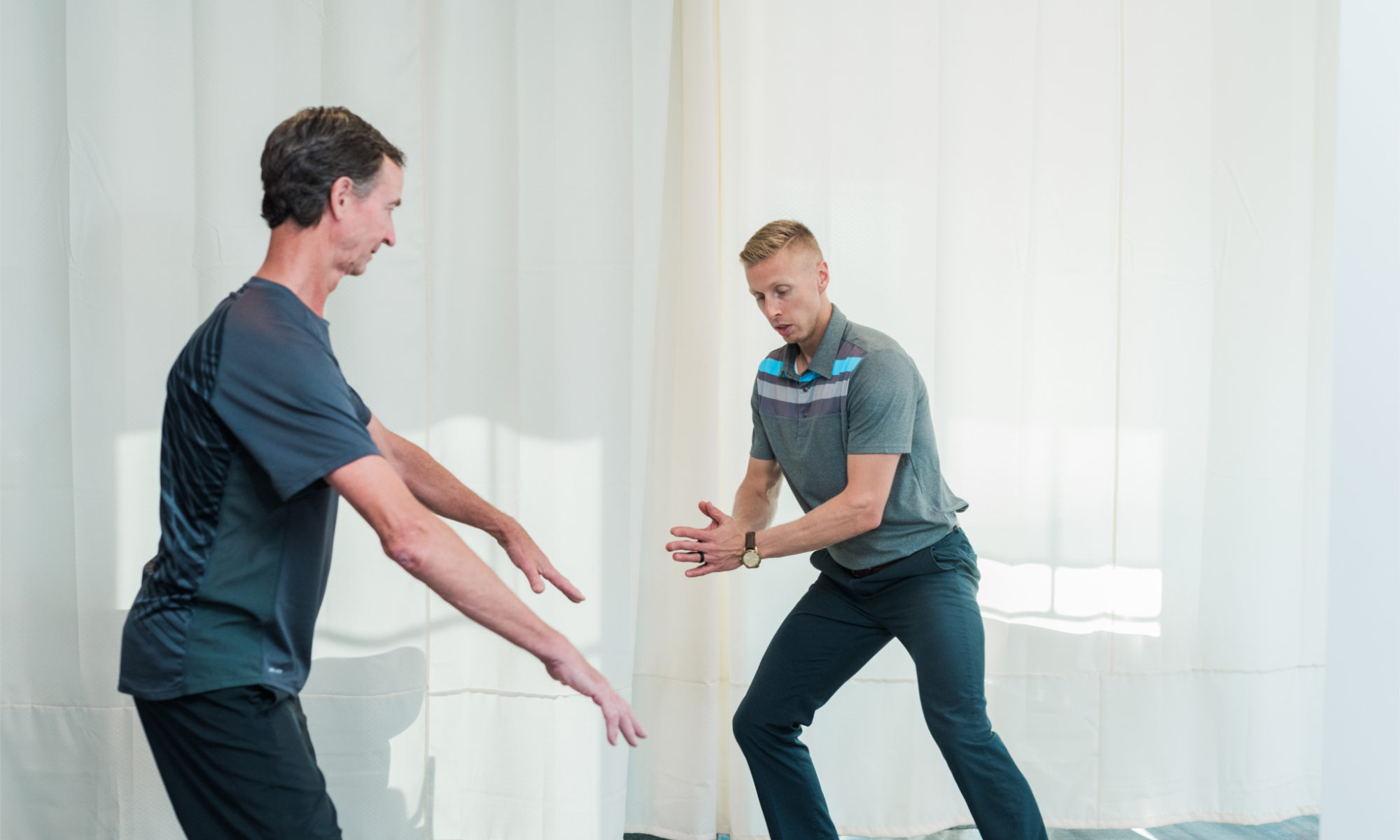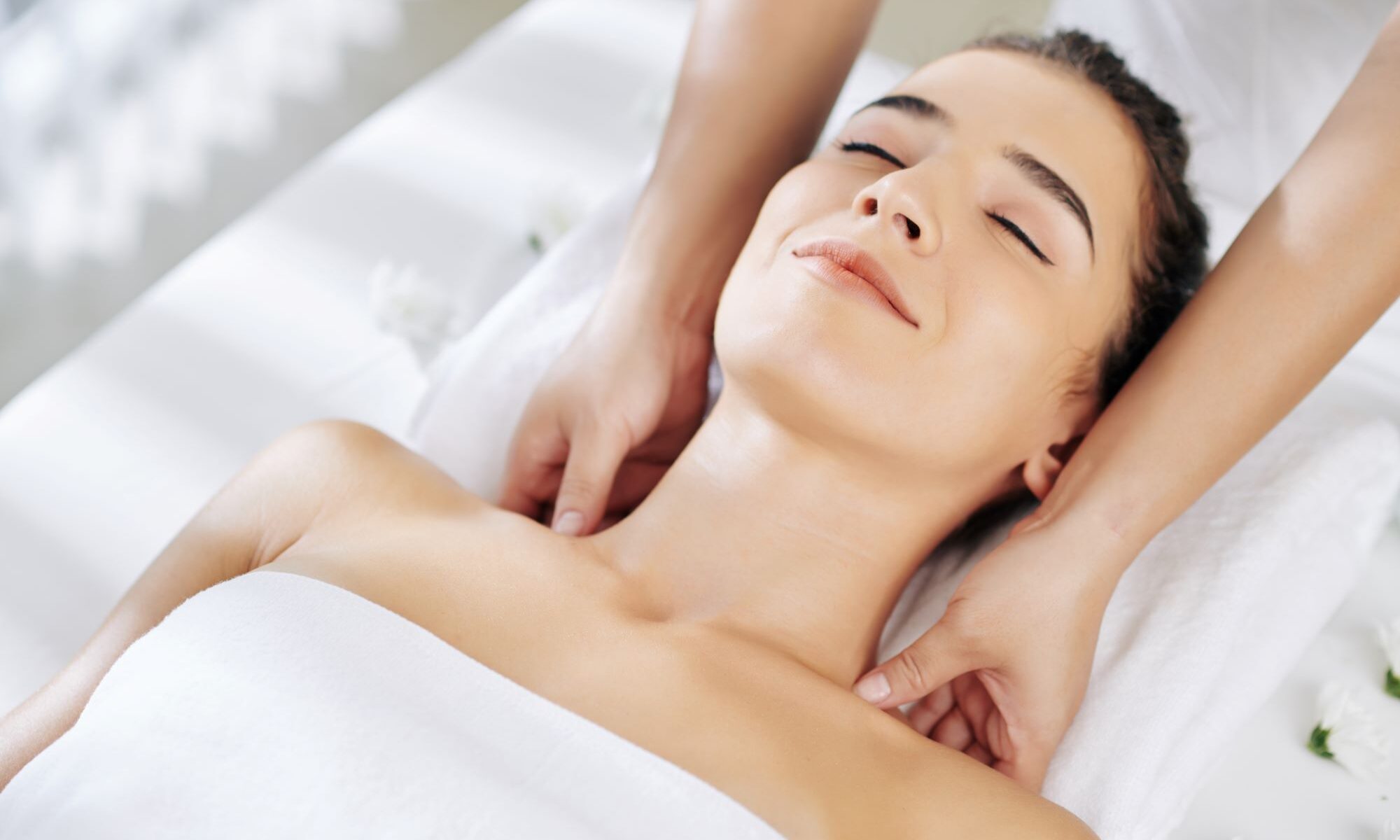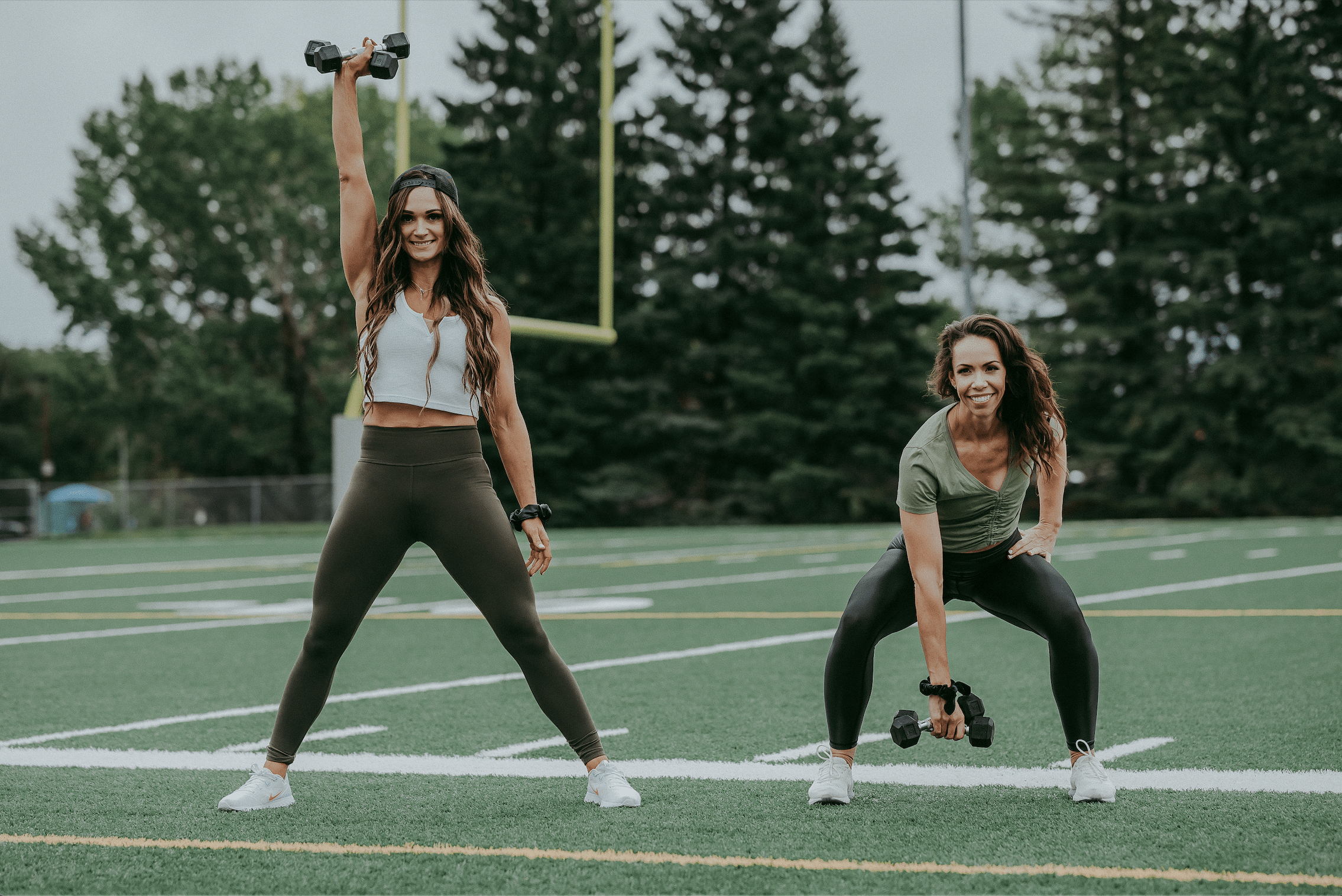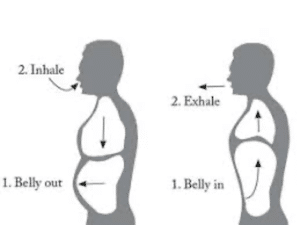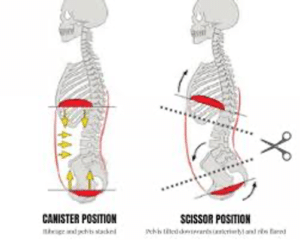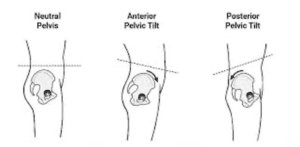It’s National Physiotherapy Month!
Well, it’s that time of year again! May is National Physiotherapy Month and you guessed it: we are celebrating! This is our 3rd year of annual fundraising for an initiative that is near and dear to our hearts.

Giving back to the Red Deer community has always been a primary mission of the Stride team. In light of that, every year, we partner with an organization to fill a need that directly impacts Central Albertan, including the patients we connect with everyday.
How We Are Giving Back to the Red Deer Community
This year, we have partnered with The Lending Cupboard in Red Deer! We are working together to donate an important piece of equipment that benefits both our clients and the community. The Lending Cupboard is a charity in Red Deer that lends a variety of medical and rehabilitation equipment to anyone in need. It was originally founded in 2006 in someone’s garage, due to their vision of providing everyone access to medical equipment at no cost. Today, this organization now operates with over 15,000+ pieces of medical equipment in 6,500 square feet of operation. Pretty amazing for what started in a garage, right?
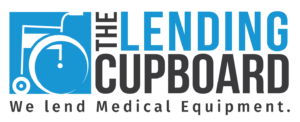
Accessibility Matters
Most people have suffered an injury at some point in their life. As a result, many of them have needed equipment such as crutches, a wheelchair, an air cast, and more. All of these happen to be expensive for their short-term use. In addition to cost, this type of medical equipment often takes up extra space in our homes, and then never get used again! It’s why we love The Lending Cupboard’s vision of providing access to equipment for anyone in need, with the added bonus of recycling and reusing quality products.
What is a Cryocuff Machine and How Does it Work?
In 2020, Janice (from The Lending Cupboard) spoke about the need for a piece of equipment called a cryocuff. A cryocuff is an ice unit that provides cold compression around joints. It looks like a mini cooler with a hose and ice pack on the end of it. Cryocuffs aid in quicker recovery from the pain and swelling after surgery. They are particularly useful and strongly suggested by medical professionals, following surgeries like a Total Knee Replacement and ACL repair. To purchase one outright costs close to $350!
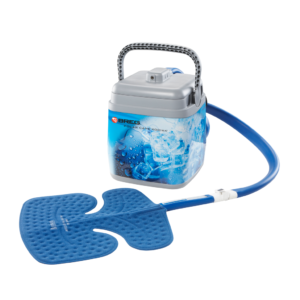
So What Do We Do?
At this current time, The Lending Cupboard has 32 total cryocuffs in their inventory. In the first quarter of 2021, they loaned out this machine 81 times. At any given time, there is often a waitlist of 2-10 people! This waitlist was made longer during COVID-19, when surgeries were put on hold. The Stride team has committed to donating an additional 3 units to help to address demand. Following this donation, The Lending Cupboard would love to have another 5 units. We are hopeful that this year is just a starting point for how we can help this organization!
Why Our Team is so Passionate About Physiotherapy and Rehab
Now that we have shared one of our passion projects for this year, here are some words from our team. After all, it is National Physiotherapy Month! Our practitioners have their own motivators to provide you with exceptional care!
We asked each of them: “What does your profession mean to you? Why are you so passionate about what you do?” Below, you will find some great insight from our team!
Physiotherapy: Pay it Forward and Crush Goals
My passion for physiotherapy started by getting injured during athletics. I had a rehabilitation team help me fully get back to my activities. My motivation for going to work everyday is to pay forward the same kindness that my therapists extended to me in the past.
– Blake Goehring
Physiotherapy: Treatment Goes Beyond the Clinic
To me, physiotherapy means restoring, maintaining, and improving people’s ability to do what they love most. This could be playing a sport, keeping up with grandchildren, or managing daily life! Physiotherapy provides tools and knowledge for patients to engage in their well-being and recovery. It is much more than what is done within the clinic walls! Above all, I love getting to work alongside amazing patients.
– Julia Towers
Physiotherapy: Education and Rehabilitation
Physiotherapy is the means in which I get to engage with my community to make meaningful, healthy change. I am passionate about Physiotherapy because of my role in remediating and promoting healthy lifestyle choices. Not just for my patients, but also my friends and family.
– Eric Walper
Athletic therapy helps others achieve living a healthier and pain-free lifestyle. Treatment, as well as the patient learning about their body, is how! I am passionate about what I do because it gives me an opportunity to relate to others, which then builds a trusting relationship. I love that we work together toward injury rehabilitation.
– Morgan Walper
Physiotherapy: Get Back to What You Love
To me, physiotherapy is about helping people do the things they love. It’s about improving their quality of life by making changes in their overall function. I am passionate about my job! Whether it is sports, family, traveling, or more, I just want my patient to be able to enjoy their life again.
– Devan Mercereau
One of my favourite aspects about my job as a Physiotherapist is being able to connect with people from all walks of life. I get to help them achieve their health goals! Physiotherapy is all about perpetual movement. As a result, it keeps people active to enjoy any activity they love!
– Jen Goehring
Physiotherapy: We Love Massage Therapy, Too
Massage Therapy is the healing of the body and mind through touch. I’m passionate about massage because nothing feels more rewarding than helping a person heal. As a result, they can feel amazing again!
– Cheyanne Heyn
My passion for massage therapy comes from the people I get to spend time with everyday. I value the relationships I have created. Knowing I have been entrusted with their care and wellbeing means a great deal to me. I love that I get to call massage my career and that I’m able to help along the way.
– Krista Tait
In Conclusion
If you want to learn more about any of our clinic updates and initiatives, feel free to follow along with us on social media! Check out @stridephysiotherapy and click here to book with one of our awesome team members!
